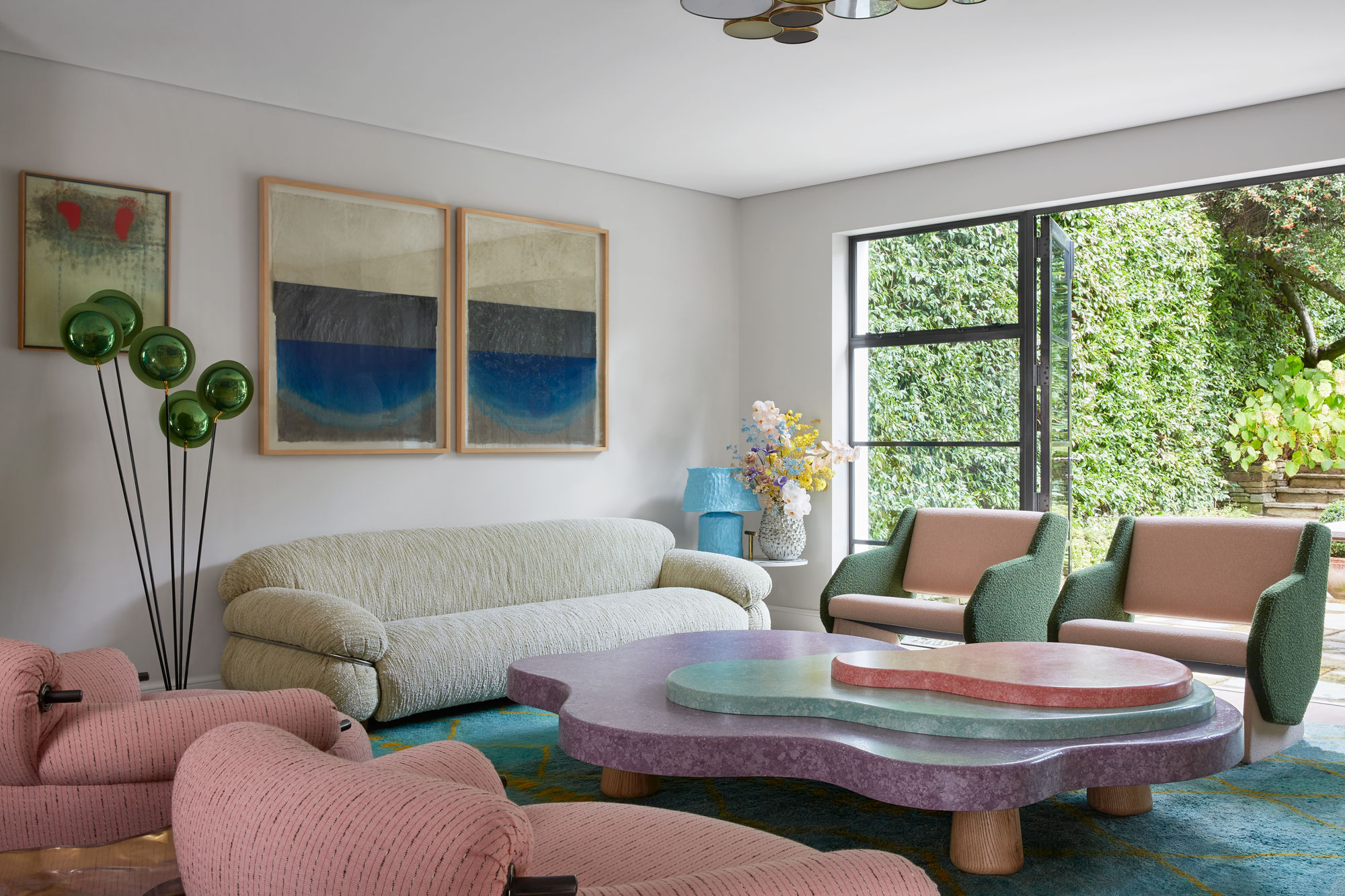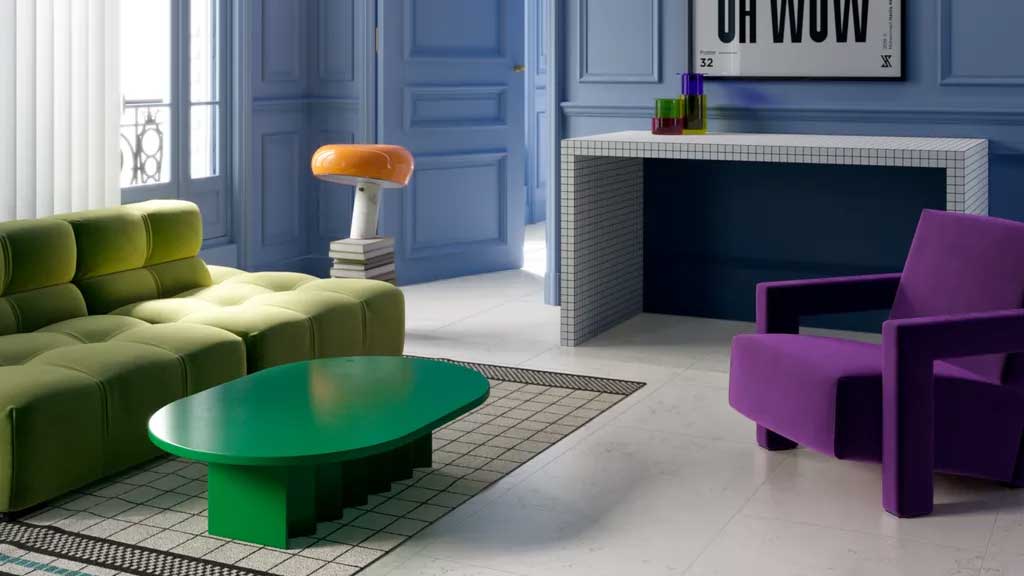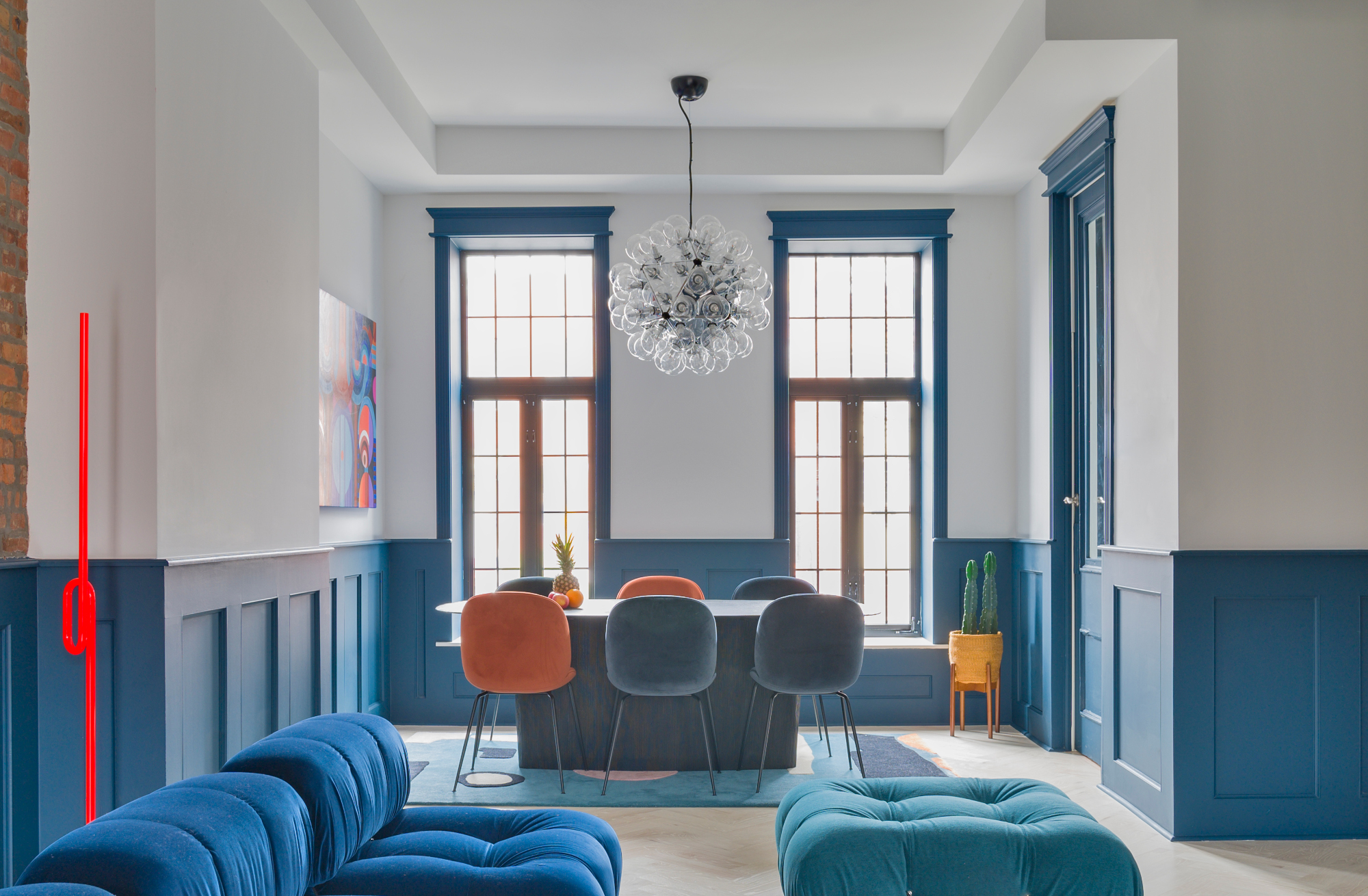
It's the season of spring sprucing and with great decorating power comes great interior responsibility. While this may seem like an unlikely quote for this situation, it's certainly accurate. Planning to redo a living space can easily turn into a mess of indecisiveness, and while we can understand going power crazy with color and creating a monochromatic aesthetic, that may not have been your first choice. So we've been looking for a convenient way to plan out the redesign of a space without making any rookie renovation mistakes.
Coincidentally, we came across Oprah Winfrey's rule of thumb when it comes to decorating with paint color, and we were curious to hear what the specialists thought of her principle. (After all, the chat show host is known for her brilliant advice, so who's to say that her design principles aren't one to stand by?) Well, as it turns out, her approach has been dividing designers' opinions. Here, we spoke to a couple of experts who weigh in on the decorating trick and tell us if it's worth adopting ourselves.
Oprah's tip for designing with color

Interior design expert Jeremiah Brent recently wrote a book titled The Space That Keeps You, available at Amazon, which details the many ways in which a home becomes a love story. Within the book lies a feature on Oprah's connection to homes and, in part, her connection to designing her living space.
Among her sentimental stories lies a tidbit of information surrounding Oprah's interior design blueprint. She mentions to Jeremiah that when it comes to decorating with color, she doesn't use more than three colors, four being the maximum number of hues in a single space. She likes a home that feels soothing to both her and her guests and this is but one of the ways by which she curates her perfect aesthetic.
Color trends come and go but certain artistic principles form the foundation of design, no matter the day and age, and interior design expert Elana Mendelson tells us that Oprah isn't the only one to stick by this rule. 'There is an interior design technique called the 60-30-10 rule that helps to easily combine a color scheme,' she says. 'This timeless, simple rule helps to develop a balanced and harmonious look in any space.'
According to Elana, the 60% proportion refers to the primary color that forms the foundation of the room's color scheme, the 30% refers to the secondary color that's introduced to create a visual contrast for intrigue, and the 10% is made up by the accent color that is used to accessorize the room for added personality. However, the 60-30-10 rule appears to be quite flexible when it comes to mixing in different shades, while Oprah may be more of a cohesive chromatic designer.

Lucas Goldbach, design director at En Masse Architecture and Design, tells us that there are no strict rules in design but guidelines like Oprah's can be helpful for those who are not as confident in personalizing their spaces.
'A great interior is balanced and that can come from saturating the space in many colors or from having a really limited palette,' he says. 'Similar to how you would put together an outfit, that is a great way to think about balancing the colors in a room.'
Lucas points out that some tones will feature more heavily across large surfaces whereas others will act more as complimentary accent shades. He also notes that there are many cases where more than four colors can be used to draw a room together. For instance, rooms featuring dark color trends can allow more disparate colors to come together. 'A black room can bring together a caramel-colored sofa, a set of ox-blood chairs, a cream rug, and brightly colored art by filling in the spaces between those elements,' he suggests.
Interior designer Niki Tashe agrees with Lucas' overarching sentiment on Oprah's rule and explains that her method of limiting colors to three per room is a helpful guideline, but not a strict rule when it comes to how to create a color palette. 'I often recommend selecting a primary color palette of two to three hues, and then introducing accent shades sparingly,' he says. 'This maintains cohesion while allowing pops of vibrancy.'

In Niki's expertise, great design marries functionality with personality and encourages clients to thoughtfully bend "rules" to craft spaces that delight both visually and emotionally. Lucas agrees and recommends that aspiring interior design enthusiasts do what feels right to personalize a space to their fancy.
At the end of the day, creating your ideal living space is all about experimenting. Whether that be a room chockful of color emulating the dopamine decor trend or a clean, tidy space that embraces minimalism, it's all up to your personal style. However, if you find yourself overwhelmed and need a blueprint to go off, you can't go wrong with Oprah's rule for decorating with color.







